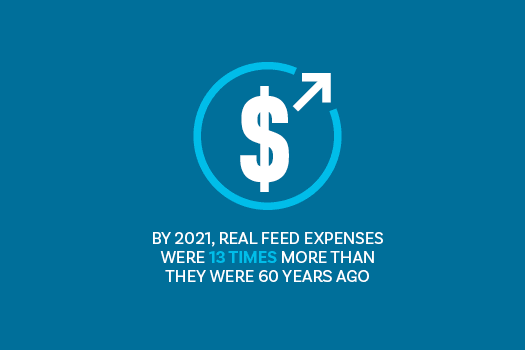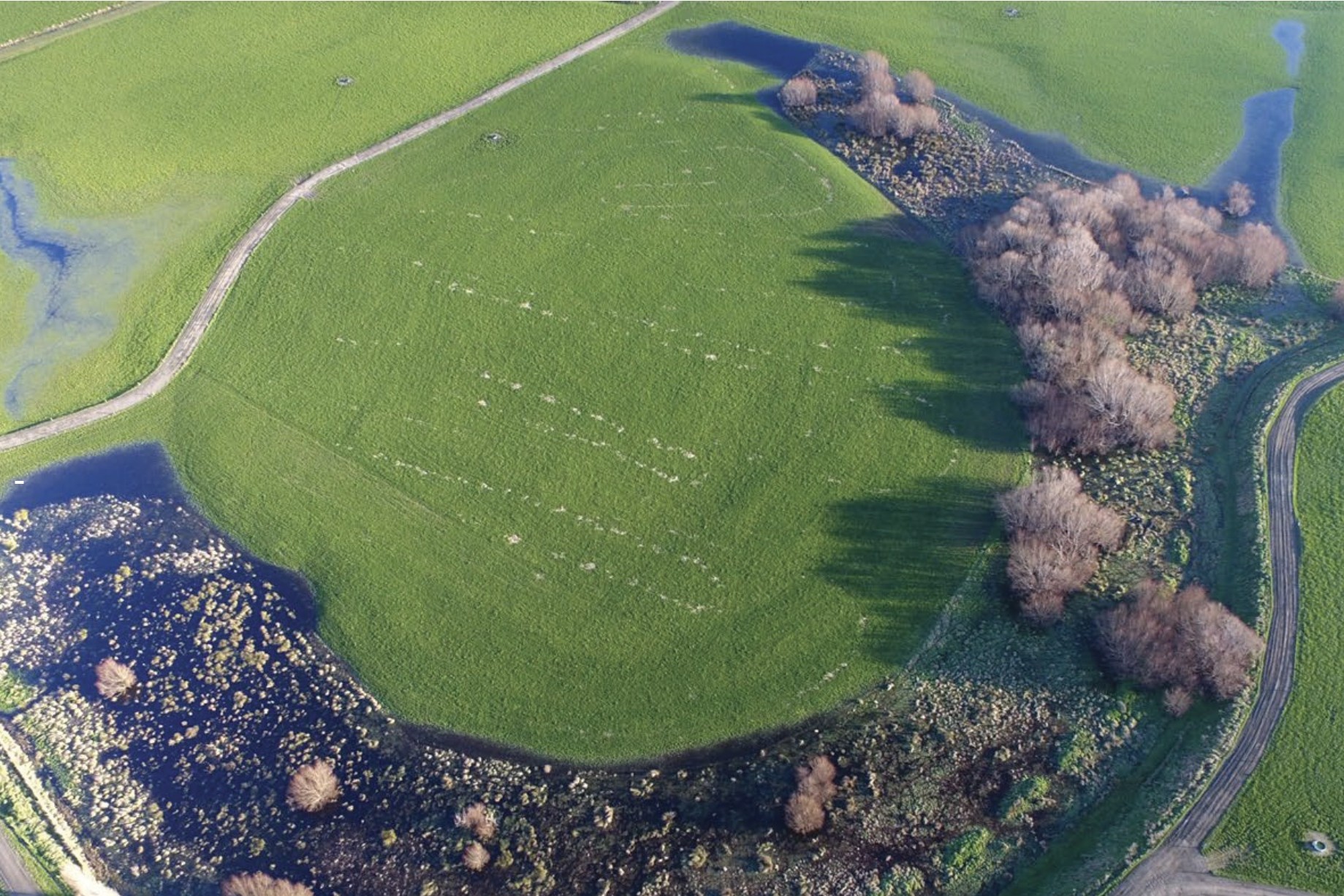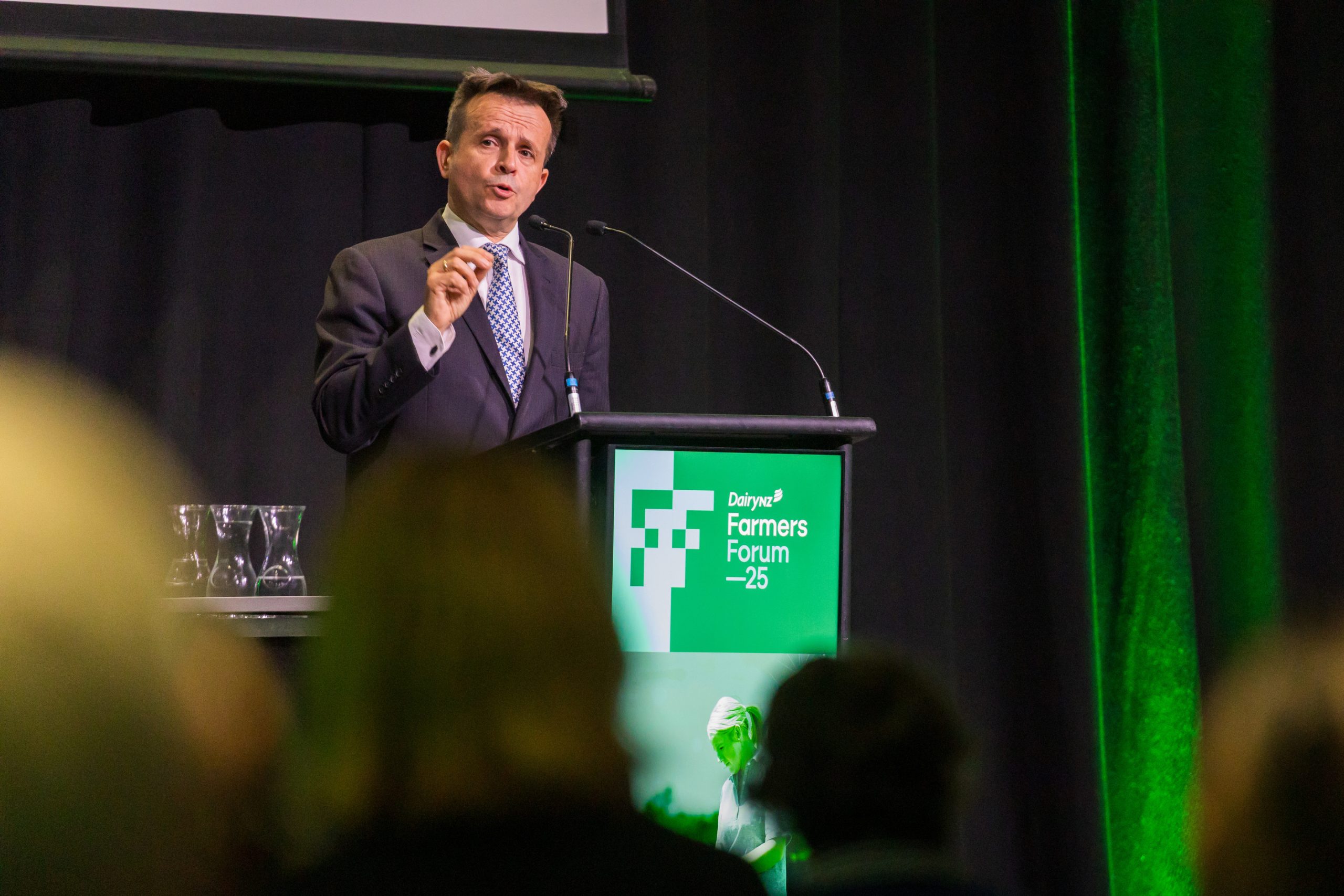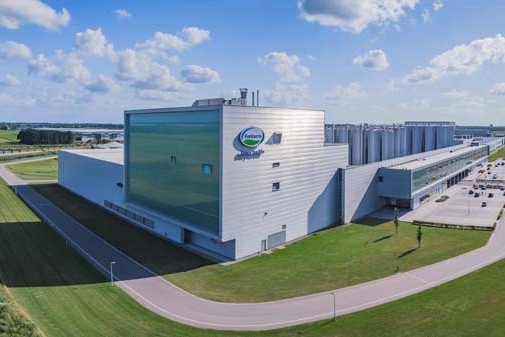The numbers over time
DairyNZ is marking 60 years of the Economic Survey, reflecting on the evolution of New Zealand’s dairy sector over this time. Words Jacob Quinn.

The 60-Year History of the Economic Survey reflects New Zealand dairy’s remarkable journey – from small-scale, regional operations to globally competitive, tech-enabled enterprises, says
Mark Storey, Head of Economics.
“This milestone edition charts a compelling transformation,” says Mark. “In six decades, the average number of cows per farm has more than quadrupled and milksolids production per cow has almost doubled, while the sector has also evolved to meet both market and environmental expectations.
“Technological innovation, capital investment, and management expertise have helped deliver these productivity gains and increased profitability. Although, these gains have been accompanied by greater complexity, including higher financial risk, increased debt, and environmental challenges.”
The survey began in 1963–64 as The Economic Survey of Factory Supply Dairy Farmers, published by the New Zealand Dairy Board. Since then, both the publication and the sector have undergone significant transformation.
One major shift has been herd size. In the 1960s, the average farm milked 92 cows across 59ha (1.6 cows/ha). By the 1990s, it was 190 cows on 79ha (2.4 cows/ha). In the 2010s, farms averaged 410 cows on 144ha (2.9 cows/ha).
“The widespread adoption of rotary milking platforms played a major role in this change, as they enabled more efficient milking of larger herds, along with advances in genetics, pasture management and feed systems,” says Mark.
Financially, the survey reveals a striking trend: since 2000, both real income and real expenditure have increased, but costs have risen at a faster rate.
“Over the past 30 years, we have seen on-farm costs increasing at a faster rate than income, which suggests a growing pressure on farm profitability,” Mark explains.
“Spending on pasture and supplements has also changed dramatically. Once a minor expense in the 1960s, it is now the largest cost category, and by 2021 real feed expenses were 13 times more than they were 60 years ago.
“Looking at these trends, it emphasises the importance of DairyNZ’s strategic direction, as we undertake science and research in key areas including pasture resilience and the drivers of profitability and productivity. This work will help overcome the challenges observed around increased feed expenses, and on-farm costs rising faster than income.”
The full report is available at dairynz.co.nz/economic-survey





